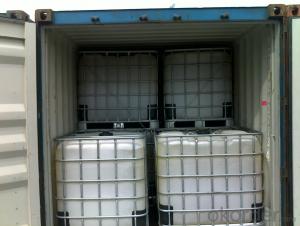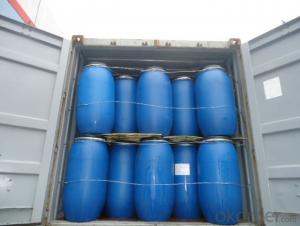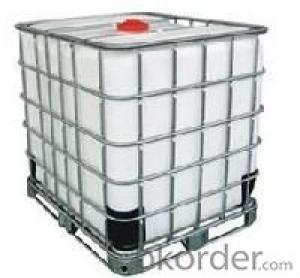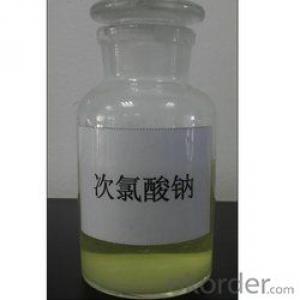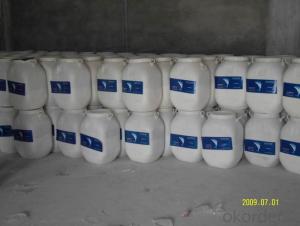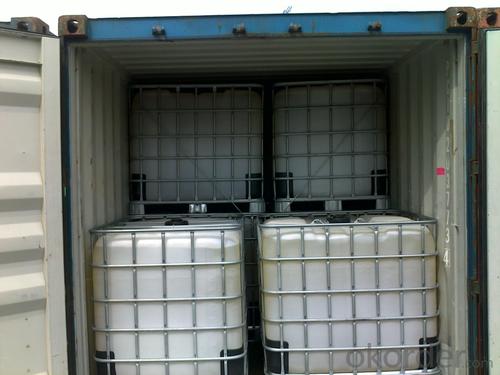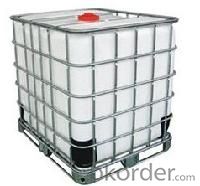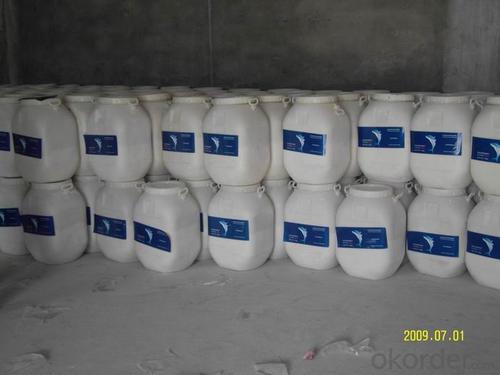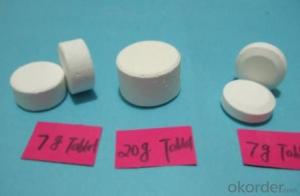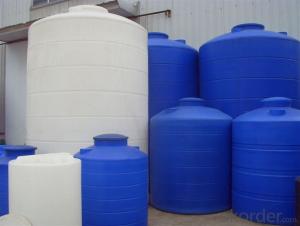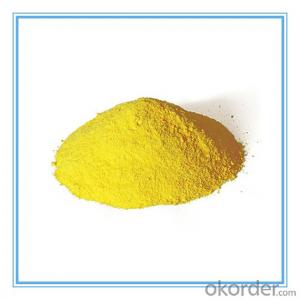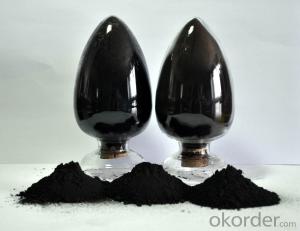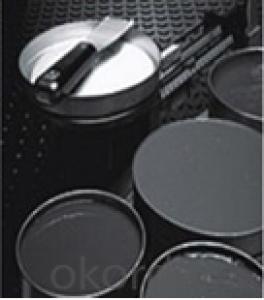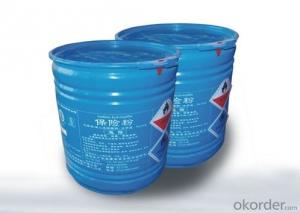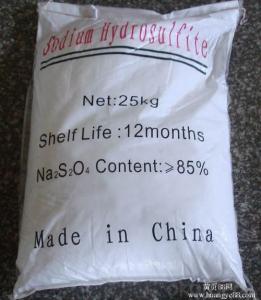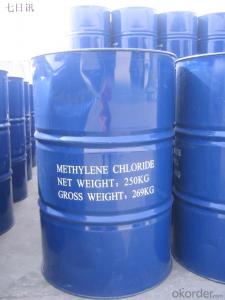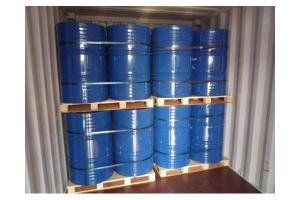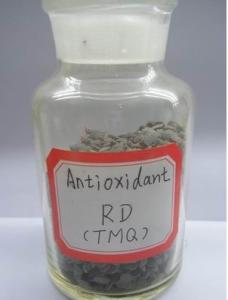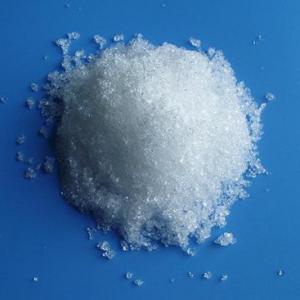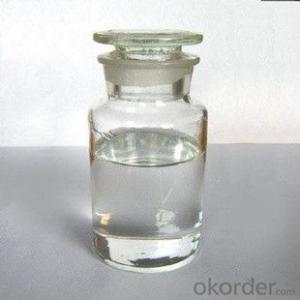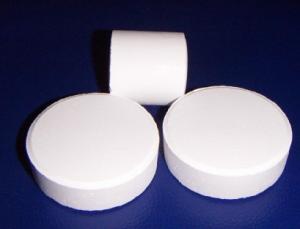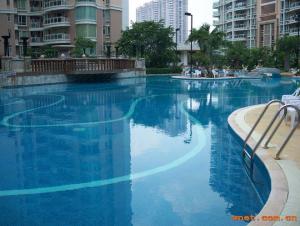Cheap Price Popular Goods Sodium Hypochlorite
- Loading Port:
- Tianjin
- Payment Terms:
- TT OR LC
- Min Order Qty:
- 25 m.t.
- Supply Capability:
- 6000 m.t./month
OKorder Service Pledge
OKorder Financial Service
You Might Also Like
Sodium Hypochlorite
CAS NO: 7681-52-9
Chemical Formula: NaClO
Molecular Weight: 74.44
Appearance: Yellow transparent Liquid
Standard: HG/T2498-1993
Specification:
Available Chlorine: 8%-16%
NaOH: 1% Max
Transportation Info:
Class: 8 UN NO: 1791 PG:III
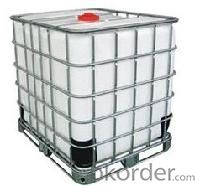
Application:
Disinfection for swimming pool, drinking water, cooling tower and sewage and waste water, food, and farming, hospital, school, station and household etc
Good bleaching and oxidation in paper and dye industry.
Normal Packing: 30kg drum, 1200kg IBC Tank
Sodium hypochlorite solution 12%
Product Spesification
Test item | Standards GB 19106-2003 |
Product Name | Sodium hypochlorite |
Active chlorine | 10%, 12%, 13%,15% |
Free alkali (NaOH) | 0.1-1.0 |
Iron (Fe) ≤
| 0.005% |
Pb≤
| 0.001% |
As≤
| 0.0001 |
Appearance | Light yellow-green liquid |
Certification | SGS,BV, ISO9001 |
Package: 25 kg plastic drum,200L plastic drum or 1000L IBC tank
Solid Sodium Hypochlorit
1) Solid Sodium Hypochlorit is white or light yellow green, crystalline, alkaline, lightly absorptve humidity and easily solvable in water and alcohol.
2) Solid Sodium Hypochlorit is an oxidizng agent with high efficiency and an excellent bleaching ingredent, its afficiency is aqual to 10 times of bleaching powder.
3) Solid Sodium Hypochlorit is stable when stored under room tenperature or normal condition, its stability is bigger than sodiun hypochlorite and smaller than sodium chlorate.
4) When mixed solid sodium chlorite and alkaline solution are heated over 70 centigrade, it resoves chlorine hydrogen.
5) Solid Sodium Hypochlorit is easily explosive, buring or poisinous when met, , bumped or rubbed with wooden bits, organic substance and reeductive substance.
- Q: Does the catalyst affect the chemical reaction rate constant? How does the chemical reaction rate constant change when a positive catalyst is added to a reaction?
- The catalyst will change the rate constant
- Q: Exemplify the use of green catalysts in green chemistry
- Photocatalytic water generates oxygen and hydrogen
- Q: describe a biological catalyst?
- Biological catalysts work in similar fashion to inorganic catalysts. The lower the activation energy (Delt. G) of the rate limiting step in an SN1 or SN2 reaction. However, they are comprised of biomolecules susceptible to degradation and are quite sensitive to temperature change.
- Q: How are a catalyst and an intermediate similar? How are they different?
- A catalyst speeds up the rate of a reaction by lowering the activation energy barrier which is, presumably, the energy required to achieve the reaction intermediate. Catalysts are also not consumed in the reaction, they are regenerated towards the end. A reaction intermediate is a configuration that a molecule takes prior to achieving it's lowest energy form which would signify the end of the reaction. Intermediate usually are hard to isolate because of the incentive to go to the most stable configuration. How are they different? A catalyst is not a part of the reaction product and it doesn't get consumed. An intermediate in a reaction is transformed into the product. How are they similar? Well, catalysts drive the reaction and make it easier for the reaction for follow through. Since intermediates are high energy and thermodynamics tells us that low energy is favorable, the incentive for a high energy intermediate to drive down to it's stable for can also drive a reaction. I hope that helps. I hope it makes sense.
- Q: What is a chemical catalyst?
- A substance that participates in chemical reactions but does not change the quality and chemical properties. It can change the reactant activation energy, speed up or slow down the reaction rate.
- Q: Is it possible for the different chemical reactions to have the same catalyst?
- Just as manganese dioxide can catalyze the decomposition of molten potassium chlorate can catalyze the decomposition of hydrogen peroxide, but this is not necessarily the same as the catalyst for the production of the same product, but for the enzyme in order to ensure that the growth of the orderly all have a single Enzymes can only catalyze an organic matter
- Q: What is the reaction in chemistry?
- Industrial production of ammonia, ethanol, industrial synthesis of ammonia, ethanol catalytic oxidation, acetaldehyde oxidation into acetic acid, ethyl acetate preparation, the transformation of automobile exhaust, benzene substitution reaction and addition reaction, some other addition reaction of hydrocarbons, Ethanol dehydration to produce ethylene and so on
- Q: Which chemical reaction is added to the catalyst in order to slow down the reaction
- CaC2 and water reaction to ethylene plus salt water (slow chemical reaction rate)
- Q: Can you describe at least 4 ways a catalyst can lower the activation energy of a reaction?
- To see how a catalyst accelerates the reaction, we need to look at the potential energy diagram shown below which compares the non-catalytic and the catalytic reaction. For the non-catalytic reaction, the figure is simply the familiar way to visualize the Arrhenius equation: the reaction proceeds when A and B collide with succificient energy to overcome the activation barrier. The change in Gibbs free energy between reactants, A + B, and the product P is delta G. The catalytic reaction starts by bonding of the reactants A and B to the catalyst, in a spontaneous reaction. Hence, the formation of this complex is exothermic and the free energy is lowered. There then follows the reaction between A and B while they are bound to the catalyst. This step is associated with an activation energy; however, it is significantly lower than that for the uncatalyzed reaction. Finally, the product P seperates from the catalyst in an endothermic step. The energy diagram illustrates 4 ways the catalyst works : The catalyst offers an alternative path for the reaction that is energetically more favorable The activation energy of the catalytic reaction is significantly smaller than that of the uncatalyzed reaction; hence the rate of the catalytic reaction is much larger The overall change in free energy for the catalytic reaction equals that of the uncatalyzed reaction. Hence, the catalyst does not affect the equilibrium constant for the overall reaction. A catalyst cannot change the thermodynamics of a reaction but it can change the kinetics. The catalyst accelerates both the forward and the reverse reaction to the same extent. In other words, if a catalyst accelerates the formation of product P from A and B, it will do the same for the decomposition of P into A and B.
Send your message to us
Cheap Price Popular Goods Sodium Hypochlorite
- Loading Port:
- Tianjin
- Payment Terms:
- TT OR LC
- Min Order Qty:
- 25 m.t.
- Supply Capability:
- 6000 m.t./month
OKorder Service Pledge
OKorder Financial Service
Similar products
Hot products
Hot Searches
Related keywords
